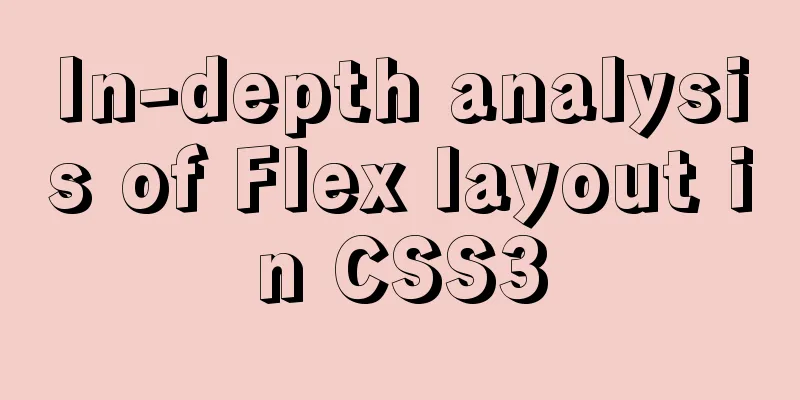In-depth understanding of the specified IE browser rendering method

|
<meta http-equiv="X-UA-Compatible" content="IE=7" /> <meta http-equiv="X-UA-Compatible" content="IE=8" /> <meta http-equiv="X-UA-Compatible" content="edge" /> <meta http-equiv="X-UA-Compatible" content="IE=EmulateIE7" /> <meta http-equiv="X-UA-Compatible" content="IE=7;IE=9" /> Correct grammar rules: 1. When defining multiple document modes, use commas (,) instead of semicolons (;) as mentioned in the documentation. Replenish: 1. X-UA-Compatible is a new setting for IE8 and is not recognized by browsers other than IE8. This is different from content="IE=7" in that it is like using the standard mode of Windows Internet Explorer 7 regardless of whether the page contains the <!DOCTYPE> directive. The content="IE=EmulateIE7" mode follows the <!DOCTYPE> directive. For most sites, it is the preferred compatibility mode. 2. X-UA-Compatible is a special file header tag for IE8 version, which is used to specify different page rendering modes for IE8. As the usage rate of IE6 and IE7 is still high, it is very important to enable the X-UA-Compatible compatibility mode of IE8 version based on comprehensive considerations. The following are examples of various compatibility mode codes: <meta http-equiv="X-UA-Compatible" content="IE=5" /> <meta http-equiv="X-UA-Compatible" content="IE=7" /> <meta http-equiv="X-UA-Compatible" content="IE=8" /> <meta http-equiv="X-UA-Compatible" content="edge" /> <meta http-equiv="X-UA-Compatible" content="IE=EmulateIE7" /> The above content is how to set IE browser rendering mode. If you need it, you can use it yourself. |
<<: CSS Transition expands and collapses elements by changing the Height
>>: Detailed process record of Vue2 initiating requests using Axios
Recommend
Detailed explanation of how to adjust Linux command history
The bash history command in Linux system helps to...
Cross-origin image resource permissions (CORS enabled image)
The HTML specification document introduces the cr...
Solution to the problem of English letters not wrapping in Firefox
The layout of text has some formatting requiremen...
Solve the problem of "Welcome to nginx on Fedora!" after installing nginx on Centos7, and there is no default.conf file in the conf.d directory
Problem Description Install nginx on Tencent Clou...
Understanding JSON (JavaScript Object Notation) in one article
Table of contents JSON appears Json structure Jso...
MySQL database architecture details
Table of contents 1. MySQL Architecture 2. Networ...
A Deep Dive into JavaScript Promises
Table of contents 1. What is Promise? 2. Why is t...
Detailed explanation of the calculation method of flex-grow and flex-shrink in flex layout
Flex(彈性布局) in CSS can flexibly control the layout...
Detailed explanation of the sticky position attribute in CSS
When developing mobile apps, you often encounter ...
A brief discussion on several situations where MySQL returns Boolean types
mysql returns Boolean type In the first case, ret...
How to monitor array changes in JavaScript
Preface When introducing defineProperty before, I...
Execution context and execution stack example explanation in JavaScript
JavaScript - Principles Series In daily developme...
Detailed graphic tutorial on installing Ubuntu 20.04 dual system on Windows 10
win10 + Ubuntu 20.04 LTS dual system installation...
Detailed explanation of MySQL custom functions and stored procedures
Preface This article mainly introduces the releva...
Several ways for Vue to achieve communication between components (multiple scenarios)
Table of contents 1. Props Parent >>> Ch...









